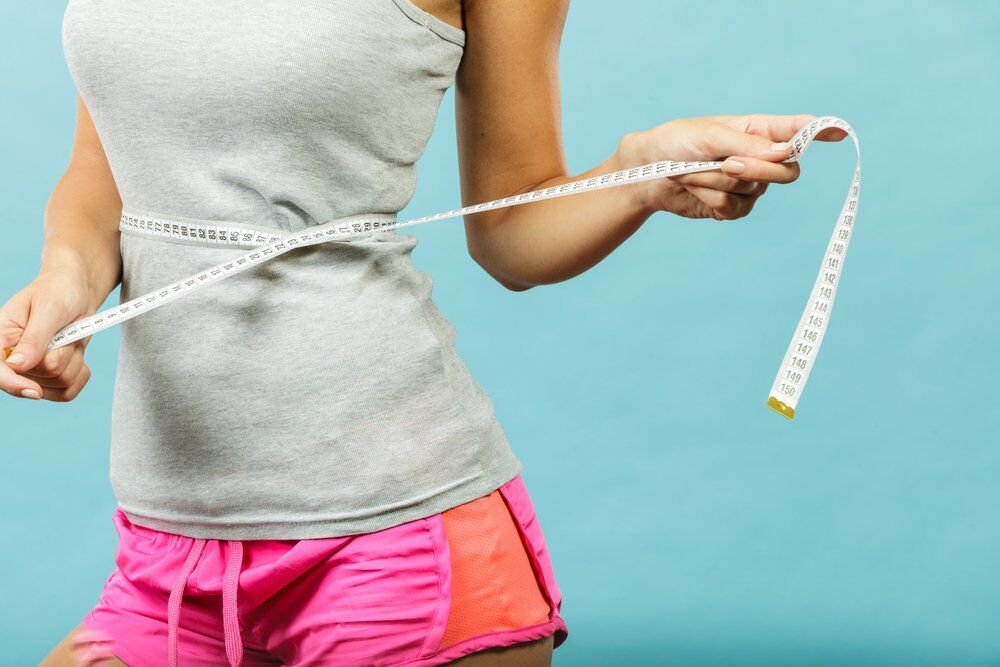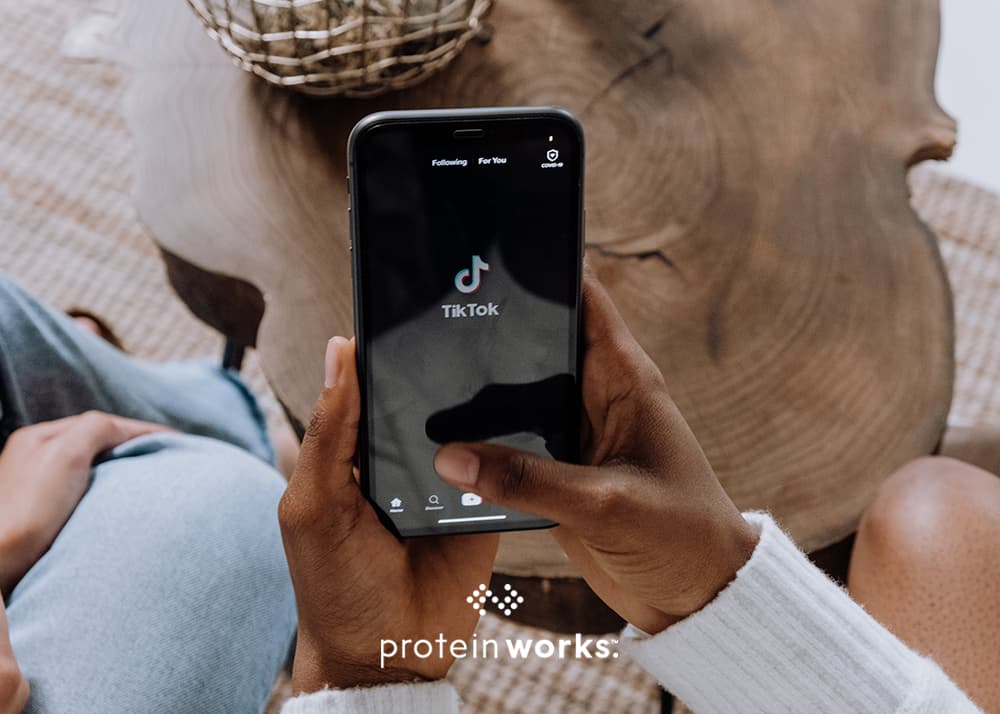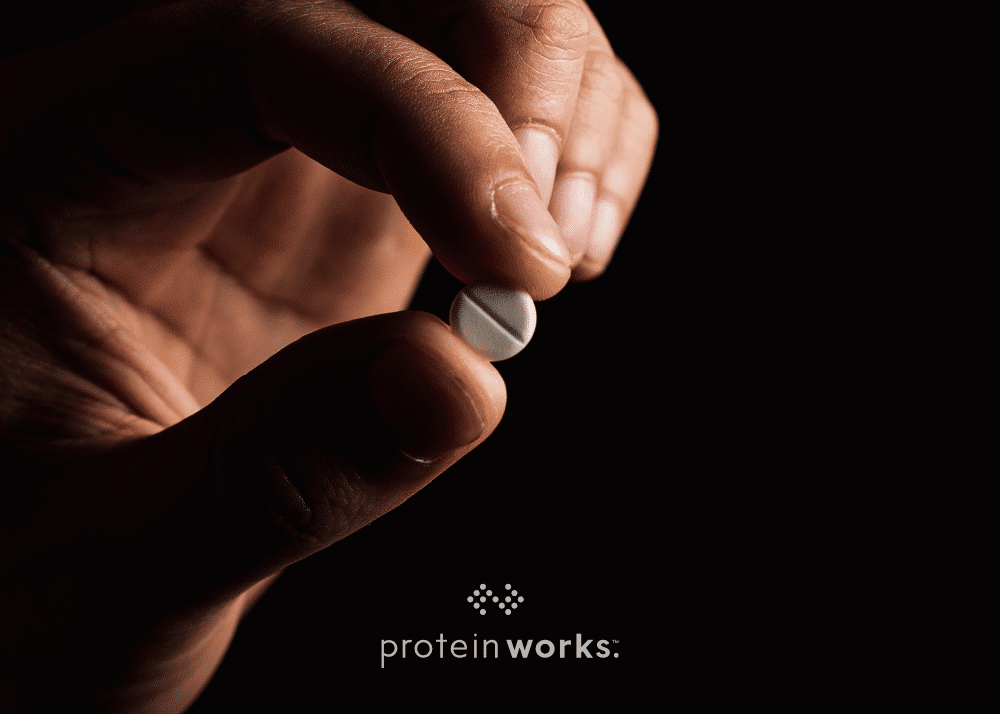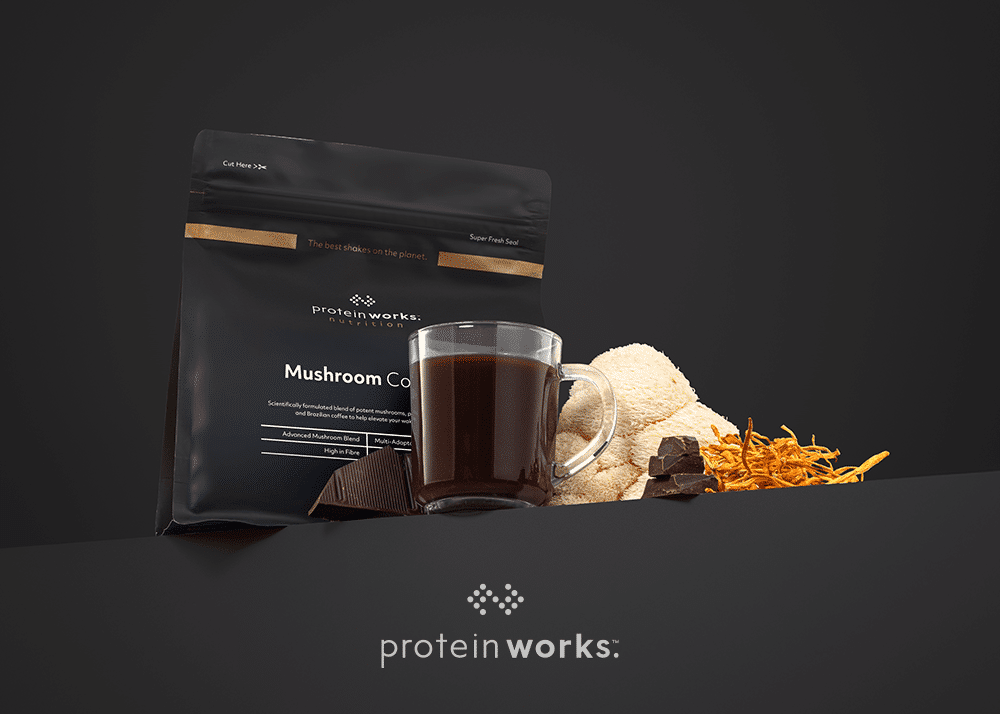
New Year, New Goals | How To Lose Weight Safely & Quickly
What a year it’s been…and continues to be.
A thorn in the side for many, 2020 has impacted everyone around the globe, and dedicated trainees are no exception. Gyms have closed, lifters have been forced into hiding, and the pounds have continued to mount in all the wrong places.
Let’s face it, our global circumstances have been far from ideal, but we must play the hand we’re dealt. The silver lining to a year notwithstanding this treachery is the appreciation many of us feel for what was once taken for granted. Family. Friends. Barbells. You can rank those in whatever order you’d like.
Of course, as it pertains to our physiques, 2020 has been a struggle. There are only so many push-ups and dips on the coffee table one can accomplish before an overwhelming sense of boredom and demotivation sets in.
Whether you’re working or working out from home, it’s simply more difficult to break the same sweat in your flat. This struggle doesn’t make you a non-dedicated trainee; it only makes you human.
“There’s always next year,” is a quote that’s (hopefully) never rained more proper. If 2021 is the year for you to shed a few pounds quickly and safely; you’ve come to the right place. In this article, you’ll learn the most appropriate dieting strategies to accomplish this goal. Let’s get right to it.
 Count Your Calories
Count Your Calories
The holy grail of weight loss is sustaining a negative energy balance over a lengthy period of time. Practically speaking, this means eating fewer calories than you burn day after day, week after week, month after…you get it. As the most objective method of dietary adherence, you should be aware of how many calories you’re consuming. Guesswork leads to dietary inaccuracy and frustration, so get ahead of the curve by counting your calories to ensure you’re burning more than you consume.
Understand Your TDEE
Total Daily Energy Expenditure (TDEE) is the sum of all energy (calories) your body burns through each day. It’s made up of three distinct parts: (1) energy to keep you alive, (2) energy to digest food, and (3) energy for movement. This metric is important for the simple fact that it’s a number we shoot for, or under for that matter. But how do we find it? From my experience, you can pick just about any TDEE Calculator online and it’ll spit out a pretty reasonable number given your current stats and lifestyle.
Set a Daily Caloric Goal
Once you’ve calculated your TDEE, it’s time to set a caloric goal.
It’s recognized in the literature that a 3500-calorie deficit equates to about one pound of weight loss. Therefore, if you eat 500 fewer calories than you burn each day for a week, you’d theoretically lose one pound by the end of said week. In my experience, opting for about one pound of weight loss per week is sustainable for most people. If you’ve got a significant amount of weight to lose, twenty pounds or more, you might opt for 1.5-2 pounds per week over the beginning phase of your diet.
So, if your TDEE is 3000 calories, your caloric goal would be 2500 calories per day if you’re aiming to lose one pound per week or 2250 calories if you’d like to lose 1.5 pounds per week. Of course, these numbers should be thought of as averages. Eating 2700 calories on Tuesday and 2300 calories on Wednesday will net the same result as eating 2500 calories on consecutive days.
 Keep Protein High
Keep Protein High
A diet filled with protein is paramount for top-flight athletes and physique competitors. However, even if those words aren’t describing you, eating more protein stands to benefit fat loss for two distinct reasons.
- Protein is filling. 6oz of grilled chicken breast is about 80% protein and 250 calories. That’s about the same calorie count as a Snickers bar or a 16oz soda. The point is, protein fills you up, making it a staple when trying to avoid chronic senses of hunger.
- Protein has high thermogenic cost. This basically means that it takes more energy to break protein down in your gut compared to other foods. In fact, protein requires about 3-times greater energy expenditure than carbs and about 10-times greater expenditure than fats to digest. When all is said and done, protein literally raises your TDEE.
Diet With Flexibility
This final guideline may best represent everything else. Dieting with flexibility means not sweating the small stuff or having an answer to the question “What diet are you on?” I wish there was a sexy answer for which diet is best, but there isn’t. Keep protein high and calories as low as needed to reach your goal weight in the appropriate time frame. Allowing the remaining calories to come from carbs or fats in a more reckless fashion allows for creativity and sanity during weight loss. Yes, carbs are important for performance. Yes, fats are important hormonally. However, don’t bog yourself down with too many numbers and instead, diet in a manner that suits your lifestyle while also satisfying the numbers that matter: calories and protein.
References
- Tappy L. Thermic effect of food and sympathetic nervous system activity in humans. Reproduction Nutrition Development. 1996;36(4):391-397.


 Count Your Calories
Count Your Calories  Keep Protein High
Keep Protein High



No Comments yet!